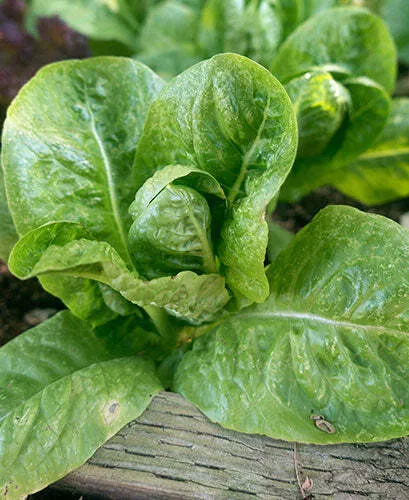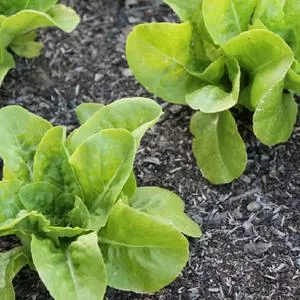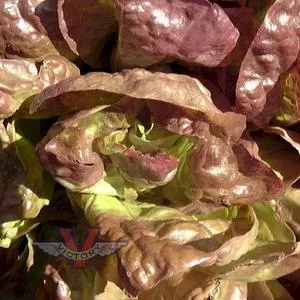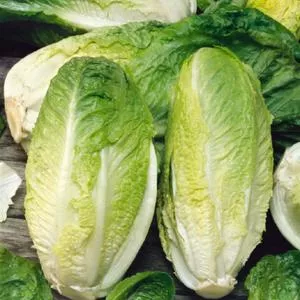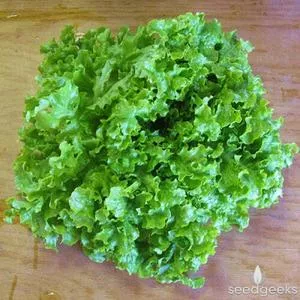Little Gem Cos Lettuce
Price: $3.45
SKU: 3240181'Little Gem' lettuce is relatively heat tolerant, with small, about five inches across, bright green heads, crisp, crunchy hearts, and an excellent flavor. We are still working on fleshing out its history, but it started appearing in seed catalogs in the United States in the very early years of the twentieth century.[2,3] One source states that it was developed by Vilmorin-Andrieux Seed Company and introduced by "Burpee Gardens" in 1880.[1] We have looked through W. Atlee Burpee seed catalogs, as well as Vilmorin publications from that period, and cannot substantiate this latter claim.
Sowing: Prepare the seedbed outdoors using a hard tined rake, smoothening out the soil. Lightly sow and just barely cover the seeds with soil. Keep soil moist until germination is achieved. You can also start seeds indoors by sowing into seed starting trays using fresh new seed starting potting mix into clean seed starting trays. Just barely cover the seeds and keep well watered until they sprout. Harden off and transplant into the garden after about 3 weeks.
- "Vegetable Cultivar Descriptions for North America – Lettuce (A-L)," Lists 1-27 Combined, Edited by Edward J. Ryder, James D. McCreight, and Beiquan Mou, U.S. Agricultural Research Station, Salinas, California.
- "Seeds, Plants and Bulbs," Schlegel & Fottler, Boston, Massachussetts, 1907.
- "Thomas J. Grey Co.," Boston, Mass, 1911.
Customer Reviews:
By Steven Parker on July 22, 2018
This is great lettuce. The leaves are soft and flavorful, and even the white centers are great. The leaves tend to be thick and wavy which gives a salad lots of body. Pairs great with a romaine lettuce in a tossed salad.
By Cynthia Heramia on August 25, 2013
I tried out this lettuce for the first time this year and I'm ordering more! The lettuce looks like green roses in the garden-very pretty! The flavor is wonderful. No salad dressing necessary; the lettuce is crispy and tasty!
By Kimberly Stoltz on November 28, 2011
I grew this all season, from April until October. It was very tasty in every stage of growth. Kept my family and friends well fed. I even had one plant bolt (it was an amazing sight, it grew 6 inches almost overnight) I wanted to let it go so I could see lettuce flower, but it toppled over from its own weight. Even the bolted plant was delicous!

